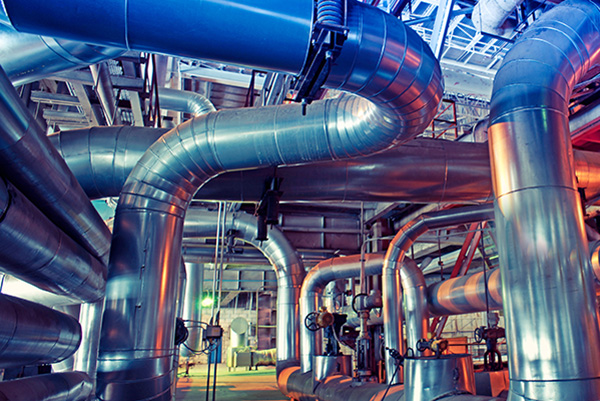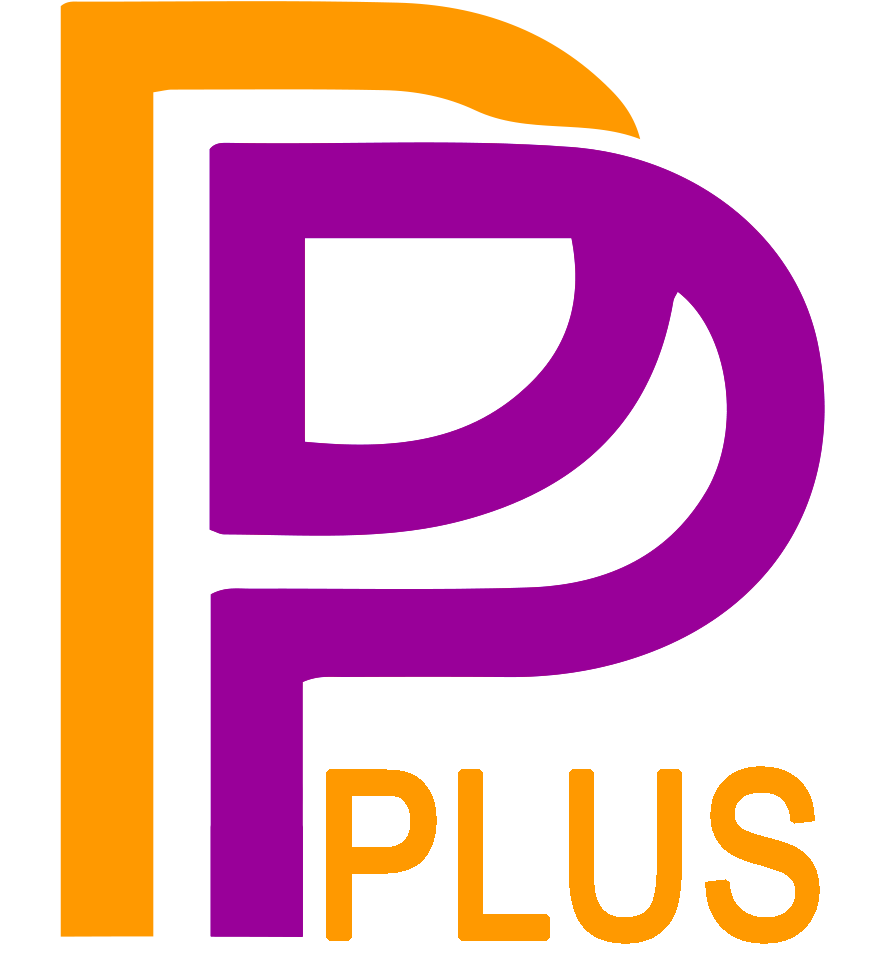Several separation and extraction processes are commercially used to isolate butenes and butanes from C4 raffinate streams, especially raffinate-2 (RAF-2), after preliminary butadiene removal or selective hydrogenation and isobutene removal via etherification of isolefins.
RAF-2 Composition and Separation Challenge
Raffinate-2 (RAF-2) is the C4 residual stream obtained after removal of both 1,3-butadiene and isobutylene from crude C4, consisting primarily of:
The separation challenge arises from the close boiling points of these components, making conventional distillation economically unfeasible due to low relative volatilities.
Commercial Separation Routes and Pathways
Route 1: Extractive Distillation-Based Separation
- Separation Effectuated: This process splits olefins (butenes: 1-butene, 2-butenes) from paraffins (n-butane, isobutane).
- Primary Technology: Extractive distillation using polar solvents to enhance relative volatility between olefins and paraffins.
- Key Process: N-methyl-2-pyrrolidone (NMP), acetonitrile (ACN), dimethylformamide (DMF), or sulfolane-based solvents:
- Separation Configuration: Two-column system (extractive column + solvent recovery column)
- Product Recovery: Butenes preferentially dissolve in polar solvent (bottoms), while butanes are recovered overhead
Route 2: Superfractionation Technology
- Separation Effectuated: Fractionation of mixed butenes and butanes, specifically isolating high-purity 1-butene from 2-butenes and butanes.
- Primary Technology: Deep fractionation using extremely high theoretical plate counts (40-250 stages) to achieve sharp separations.
- Process Configuration:
- Two-Stage Superfractionation: First column separates heavies (2-butenes, n-butane), second column purifies 1-butene
- Performance: Achieves >99.5 wt% 1-butene purity with ≥80% recovery
- Integration: Often combined with extractive distillation for final polishing
Route 3: Molecular Sieve Adsorption
- Separation Effectuated: Selective adsorption based on molecular size allows isolation of linear C4s from branched isomers.
- Primary Technology: Shape-selective adsorption exploiting molecular size differences.
- Mechanism: Utilizes pore size selectivity (typically 8-8.2 Å) where branched molecules are excluded while linear molecules are adsorbed.
- Limitation: This is used more for specialty, small-to-midsize units or where a high Isobutylene removal is desired, rather than as a refinery-scale approach.
Route 4: Divided Wall Distillation
- Separation Effectuated: Simultaneous multi-component separation (isobutane, 1-butene, n-butane/2-butene) in a single shell with an internal partition.
- Primary Technology: Single column with internal dividing wall for simultaneous multi-component separation.
- Process Configuration:
- Feed: Feed enters first side of divided column
- Products: Isobutane (top of second side), 1-butene (bottoms of second side), 2-butene/n-butane mixture (bottoms of first side)
- Advantage: Reduced equipment count compared to conventional multi-column sequences
Route 5: Integrated Isomerization-Fractionation
- Separation Effectuated: Conversion of 2-butenes to 1-butene via catalytic isomerization, followed by fractionation to separate 1-butene (and often butanes).
- Primary Technology: Catalytic isomerization of 2-butene to 1-butene followed by fractionation to separate 1-butene (and often butanes).
- Process Steps:
- 2-Butene Isomerization: Catalytic conversion to 1-butene using modified Pd catalyst
- Fractionation: Separation based on boiling point differences between 1-butene and 2-butene/n-butane.
Typical Separation Pathways
Pathway A: Maximum 1-Butene Recovery
RAF-2 → Extractive Distillation → Superfractionation → Extractive Polishing → High-purity 1-butene (>99.5 wt%)
Pathway B: Bulk Olefin/Paraffin Split
RAF-2 → Extractive Distillation → Mixed butenes + n-butane/isobutane streams → Further processing as required
Pathway C: Molecular Sieve Route
RAF-2 → Molecular Sieve Adsorption → 1-butene product + raffinate containing 2-butenes and butanes
Pathway D: Integrated Processing
RAF-2 → Isomerization → Divided Wall Distillation → Multiple product streams for downstream alkylation
Commercial Technology Selection Factors
The choice of separation route depends on:
- Product requirements: Polymer-grade vs. chemical-grade specifications
- Feedstock composition: Olefin content and purity requirements
- Economic optimization: Capital vs. operating cost considerations
- Integration opportunities: Shared utilities and downstream processing requirements
Summary: Commercial RAF-2 processing employs primarily extractive distillation, superfractionation, molecular sieve adsorption, and divided wall distillation technologies in various combinations to achieve the desired separation of 1-butene, 2-butenes, n-butane, and isobutane components, with specific route selection driven by product specifications and economic considerations. Solvent-based and superfractionation routes are the clear commercial standards at scale; molecular sieve and DWC are niche or site-specific deployments.










